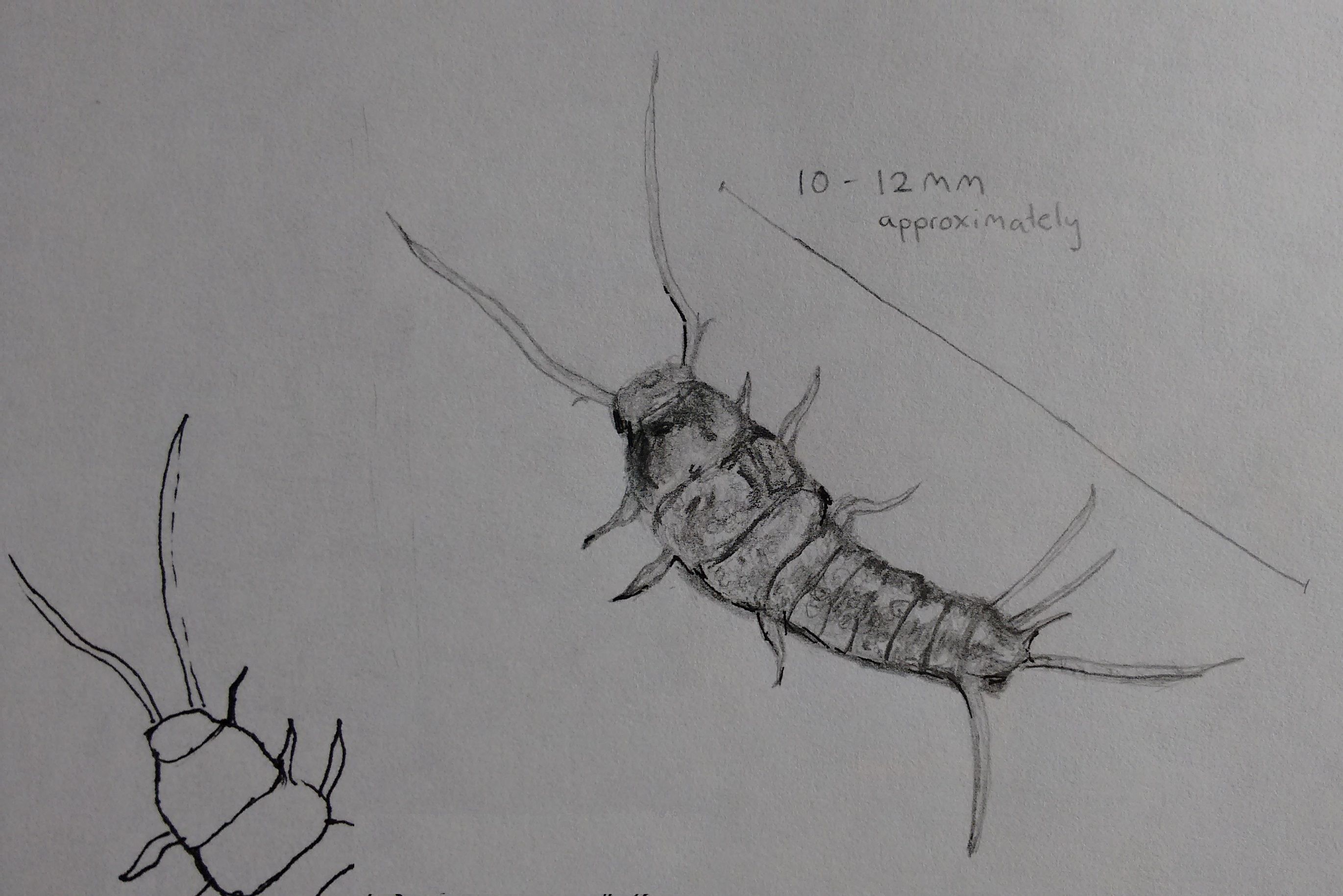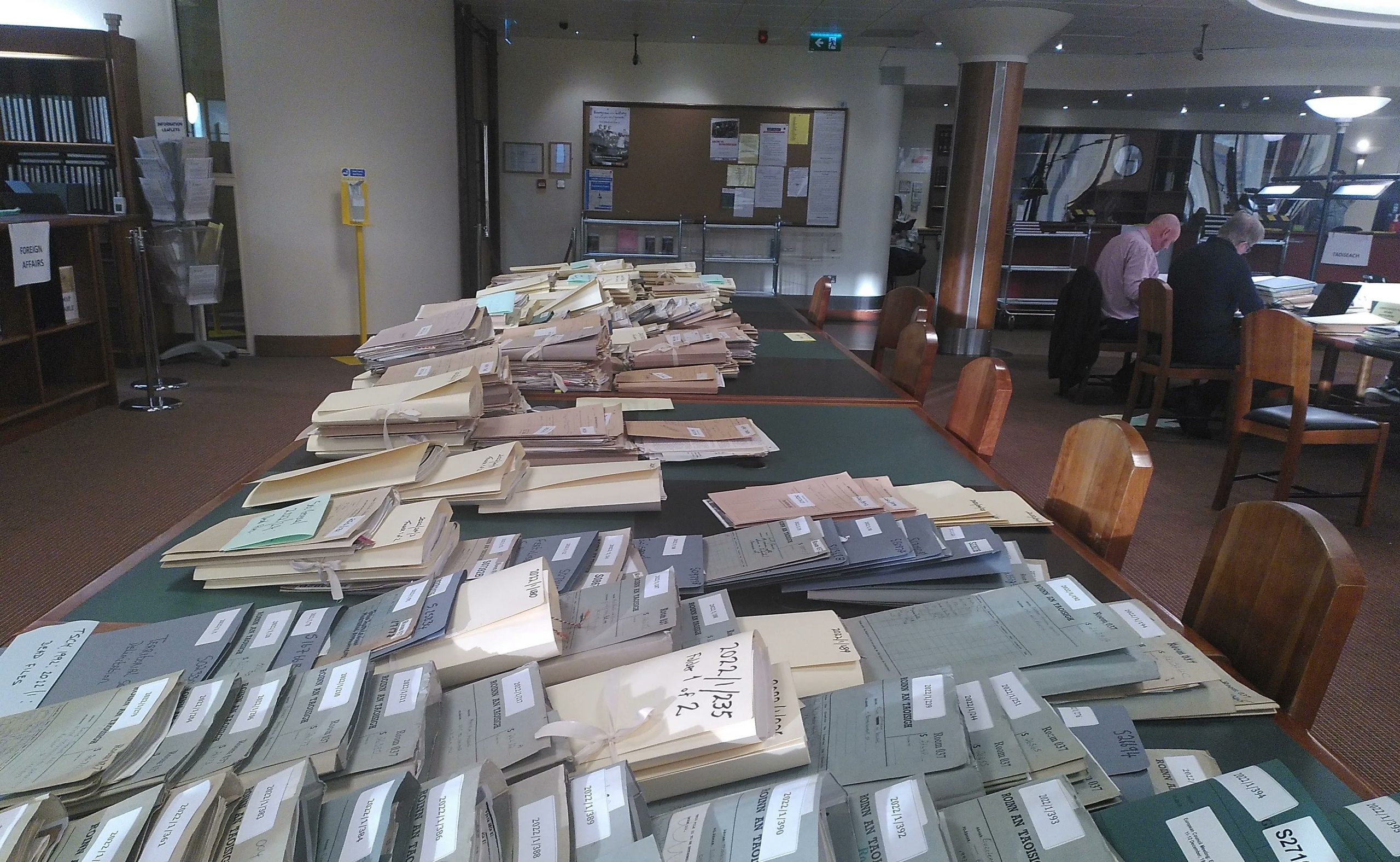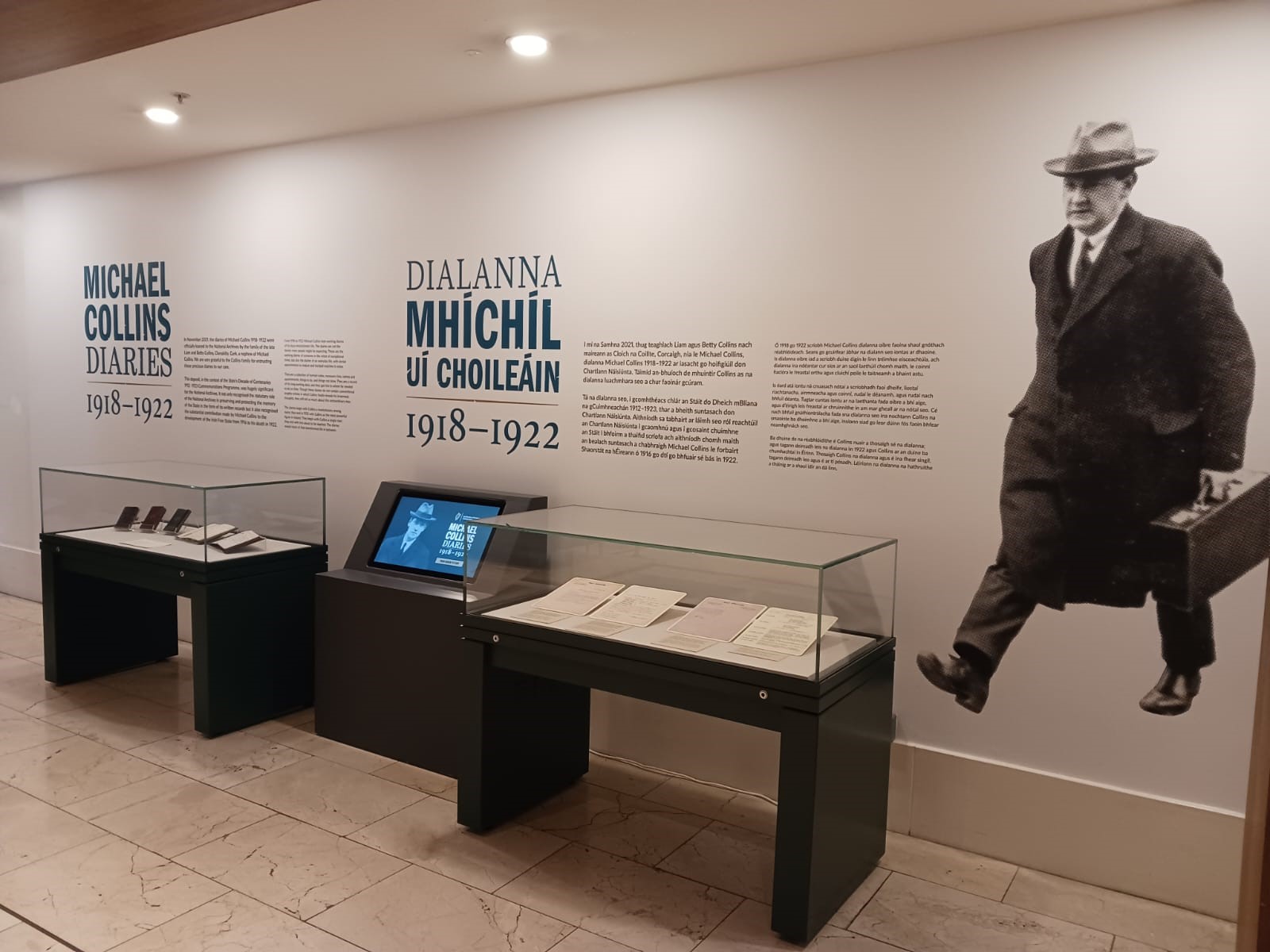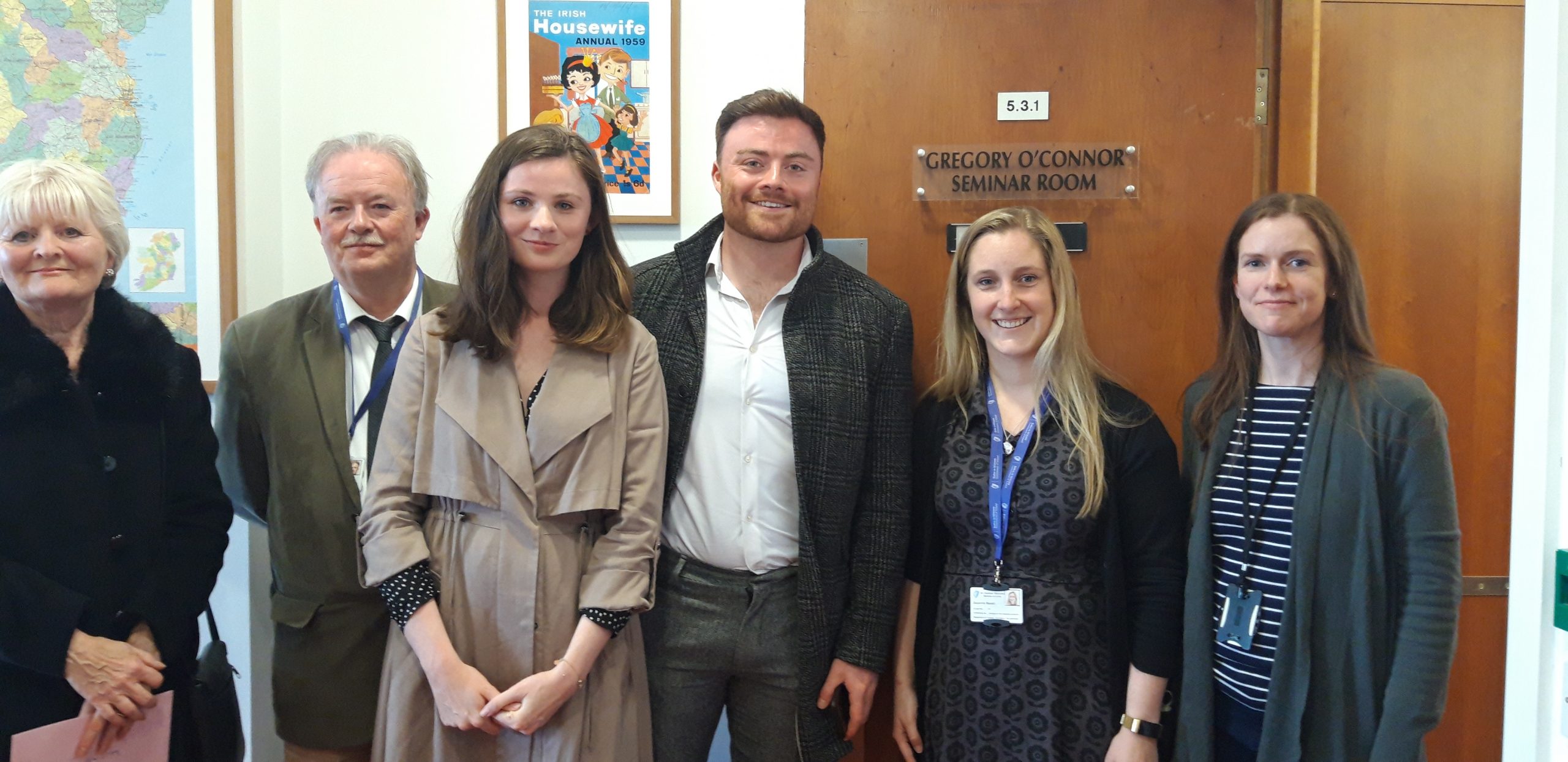Behind the Scenes
Behind the Scenes: Pests in your family papers

Pest Alert- is something snacking on your family papers?
Many household insects are perfectly harmless but a few are little pests that we really don’t want as house guests, especially when it comes to keeping our family papers safe.
Clean, dry paper is not very nutritious for most insects. However, additional materials applied to paper such as gelatine or starch based glues, will provide nutrition. Books can have a lot of animal glue in the bindings and covers. The cloth which has been used to cover books can also be source of food. When paper is damp it can support mould growth, which is eaten by some insect species, causing damage to the paper surface at the same time.
Two of the worst offenders are silverfish and clothes moths, they both love hiding in dark corners or drawers, out of site until it is too late. Both of these pests or rather the larvae of these insects will happily snack away on paper and textile coverings of books.
Silverfish (Lepisma saccharina)
Silverfish, which are also known as fish moths in some countries are always associated with damp conditions and they require high humidity to breed and multiply. They are primitive, scaly, wingless insects (10-15mm) with three bristles at the tail-end.
Silverfish love feasting on old papers, magazines and books, they graze on the surface of the paper scraping it away and creating irregular holes. They are feeding on the surface coatings and microscopic mould and dirt left on the paper.
Pale backed clothes moths (Monopis crocicaptiella)
Pale backed clothes moths are very small between 3-5 mm and dart around, only flying when it is warm or when they have been disturbed. They hide in dark places laying batches of eggs on wool, fur, feather or even the bristle of brushes. Evidence of their activity can been seen as a powdery dust, known as frass or the discarded casings created by the larvae to grow in or holes. They prefer natural organic materials rather than man made synthetic materials. Moths are particular attracted to warm dark spaces, organic materials and items that might have the residues of lingering body oils or food residue.
Good Housekeeping
In the archives we keep an eye out for pests because we don’t want them getting into the collections as they can cause serious damage. We use fancy term – Integrated Pest Management (IPM) for checking for insect activity and keeping our collections pest free. It doesn’t involve chemicals or expensive equipment, so the principals can be applied to looking after your own family papers at home.
The key actions are all based around good housekeeping practices to prevent insects from becoming long term residents in your home.
- Don’t leave windows open at night- this is inviting moths into your home, they are attracted by the electric lights. If you notice them flying in, catch them before they find somewhere to hide.
- Avoid keeping collections of papers and books in dark damp or humid areas, or places where you don’t go regularly, like the attic or the cupboard under the stairs.
- Keep the area or room where you store your family papers tidy and as free from clutter as you can included in it in your regular cleaning route.
- Check your collection of papers regularly for signs of pests – open boxes and drawers pests hate being disturbed.
- If you see something act- don’t shut the box again and hope that they will go away by themselves, they won’t, you have to actively removed them.
- Empty out the contents, find a new box for the items or vacuum out the box or drawer and make sure it is clean and pest free before returning items. Discard the contents of the vacuum cleaner after you are finished; sealing it in a bag and deposing of it in an outside bin.
- Twice a year do a deep clean – take things off the shelf or out of the drawers and wardrobes and vacuum them out. Wipe them down with a damp cloth and leave to air dry for a short while before returning items to their storage place.
So whether you are like me, one of a team of people responsible for looking after hundreds of thousands of documents or whether you are like me and want to keep the box of family papers safe at home, good housekeeping really is the most under rated but best weapon in the battle against pests. It is not glamourous, but it does work.
We would like to thank paper conservator Charlotte Anstis for her permission to reproduce her drawing of a silverfish.
Zoë Reid, Senior Conservator


